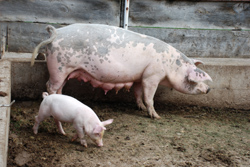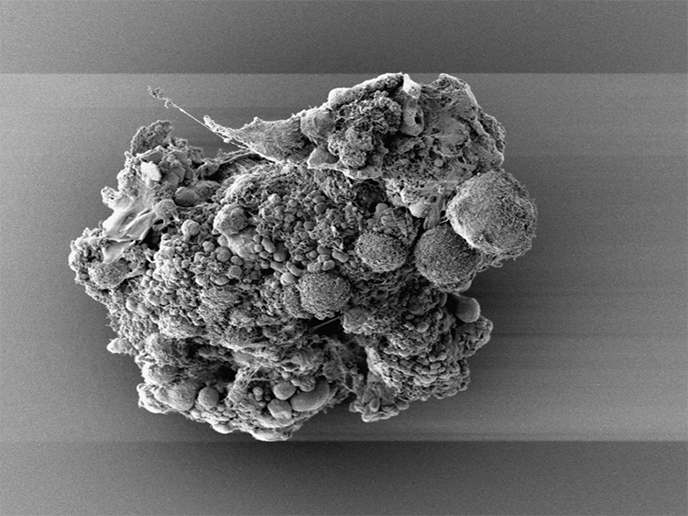Interferon-a responses in acute phase of swine fever
Any outbreak of classical swine fever is accompanied by harsh measures to contain the spread of the virus. These include a ban on pig movement and mass culling. The attendant economic and social consequences of these measures on the farming community can be devastating. In response to this, the EU funded project IMPCSF channelled their resources into the development of vaccines that can offer early protection against the causal virus and the prevention of horizontal transmission. One strand of this research was the investigation into the effects of high interferon-a (IFN-a) production during the acute phase of infection. This is accompanied by severe lymphopaenia, a severe depletion of peripheral blood B and T lymphocytes. The extent of this unwelcome reaction is directly related to the virulence of the strain of virus. The Switzerland-based team at the Institute of Virology and Immunoprophylaxis also investigated the IFN-a response in immunologically naïve and vaccinated pigs. In highly immune animals, after vaccination with the c-strain of the virus, no IFN-a response was detectable. This indicated that measuring the IFN-a response after challenge infection of immune pigs was a good indicator of the efficacy of the vaccine. Other conclusions that can be drawn from this research are that ideally, a vaccine should be able to prevent viral replication altogether and therefore prevent IFN-a responses. One other important implication of these findings is also pertinent in other haemorrhagic fevers, including denge and rift valley fevers. The strength of the IFN-a response is related to the severity of the clinical outcome. Furthermore, it is known from other studies that high IFN-a levels are accompanied by haematological disruption. However, interferon-a plays a crucial role in the innate immune response. Therefore, to modulate the extent of the IFN-a response would have therapeutic possibilities.







